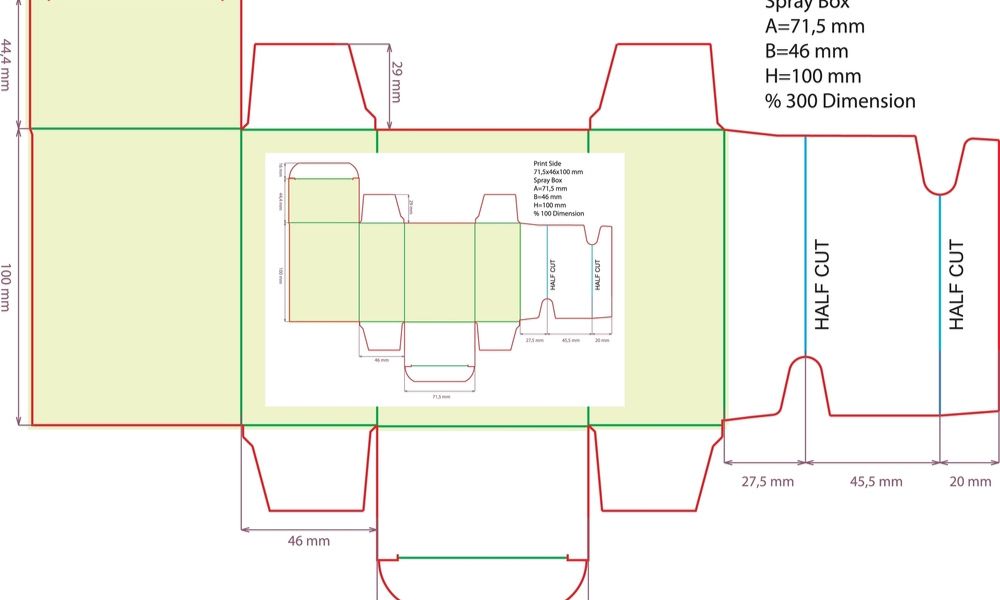In the world of construction, efficiency and cost control are paramount. As projects grow in complexity, the need for accurate material estimation becomes increasingly critical. This is where Construction Takeoff comes into play. Understanding the takeoff process is vital for contractors, quantity surveyors, and project managers who aim to streamline their operations and avoid costly mistakes.
In this ultimate guide, we’ll walk you through the construction takeoff process, highlight the key benefits, explore modern tools and technologies, and show you how to optimize your takeoffs for success.
What is Construction Takeoff?
At its core, Construction Takeoff refers to the process of determining the quantities of materials needed for a construction project. This involves meticulously reviewing blueprints, project drawings, and other documentation to measure, calculate, and estimate the quantities of materials—whether it’s bricks, timber, concrete, or wiring.
Accurate takeoff ensures that every phase of the project, from procurement to construction, goes smoothly. Without precise material estimates, construction projects risk running into budget overruns, delays, and material shortages or surpluses.
Why is Construction Takeoff Important?
Cost Control: A detailed takeoff helps control costs by giving a clear picture of the amount of materials needed. When contractors have an accurate understanding of the quantities required, they can avoid over-ordering or under-ordering materials, keeping the project within budget.
Project Efficiency: An efficient construction takeoff process means that materials are ordered and delivered on time, reducing delays and ensuring that the project proceeds according to schedule.
Waste Reduction: Miscalculating materials can lead to excessive waste, which not only adds to the environmental impact but also increases disposal costs. An accurate takeoff ensures that you order only what you need, reducing the amount of waste on-site.
Accurate Bidding: For contractors, a precise takeoff is essential when bidding on projects. It helps ensure that the bid is competitive and realistic, reflecting the true material costs while allowing for profit margins.
The Construction Takeoff Process Explained
The process of construction takeoff involves several critical steps. Here’s how to carry out a successful takeoff:
Step 1: Review Project Documentation
Start by reviewing the project’s drawings, blueprints, and specifications. This provides a comprehensive understanding of the scope of work and allows you to identify the materials that need to be estimated. Ensure that you’re working with the most updated versions to avoid errors in your calculations.
Step 2: Identify Quantifiable Materials
Next, break down the project into its various components. For example, identify how much concrete is needed for the foundation, how many bricks are required for the walls, and how much timber will be used for the framing. The more detailed your breakdown, the more accurate your takeoff will be.
Step 3: Use Takeoff Tools or Software
While manual takeoff using printed drawings and a calculator was common in the past, today’s professionals use digital tools to speed up and enhance accuracy. Software like Bluebeam Revu, PlanSwift, and Kubla Cubed enables users to measure, calculate, and adjust material estimates directly from digital drawings.
Step 4: Measure and Calculate Quantities
For each component of the project, measure the required lengths, areas, and volumes using your preferred tool. For example, if you’re calculating drywall, you’ll measure the total square footage of wall space that needs to be covered.
Step 5: Convert Measurements into Material Quantities
Once you have the measurements, convert them into material quantities. For example, convert cubic meters of concrete into the number of concrete trucks required, or convert linear meters of wiring into spools needed for the electrical system.
Step 6: Cross-Check and Verify Accuracy
Before finalizing your takeoff, double-check your calculations against the project specs and drawings. A small error in measurement can have significant repercussions, leading to either material shortages or unnecessary overages.
Common Challenges in Construction Takeoff
Even with modern tools, takeoff can be a complex task, especially for larger projects. Here are some common challenges faced during the construction takeoff process and tips for overcoming them:
Inconsistent or Incomplete Drawings: If the project drawings are incomplete or inconsistent, it can be difficult to measure accurately. In these cases, it’s important to work closely with the design team to clarify any missing information.
Human Error in Measurement: Even with digital tools, human error is a possibility. For example, a misclick or incorrect scaling can result in inaccurate measurements. Always cross-check measurements and calculations.
Project Scope Changes: Project scopes can change during construction, leading to adjustments in material requirements. It’s essential to revisit the takeoff periodically to account for any changes and ensure the estimate remains accurate.
Modern Tools for Construction Takeoff
Digital tools have made construction takeoff faster, easier, and more accurate. Here are some of the most popular software options used by professionals in the industry:
Bluebeam Revu
Bluebeam Revu is a comprehensive PDF markup tool designed for the construction industry. It allows users to annotate, measure, and calculate directly from digital plans, making takeoff faster and more precise. Bluebeam also enables collaboration, allowing multiple team members to work on the same project documents simultaneously.
PlanSwift
PlanSwift is another leading takeoff software that is popular among contractors and estimators. It features an intuitive drag-and-drop interface, making it easy to measure, calculate, and estimate material quantities. PlanSwift also integrates well with other construction software, allowing for seamless data transfer.
Kubla Cubed
Kubla Cubed is specialized software for earthworks and excavation projects. It allows users to calculate soil volumes, cut and fill quantities, and other vital earthwork data with precision. For civil projects, Kubla Cubed simplifies complex takeoffs and saves time.
Excel Spreadsheets
Many professionals still rely on Excel for finalizing their estimates, especially when they need to customize the report or integrate data from other software. Excel offers flexibility in organizing and presenting takeoff data.
How to Improve Your Construction Takeoff Process
To optimize your takeoff process, follow these best practices:
Invest in Training: Proper training on takeoff software is essential to making the most of the tools available. Ensure that your team is fully trained on how to use the software efficiently and effectively.
Use Templates: Create standardized templates for takeoffs that you can reuse across different projects. This helps speed up the process and ensures consistency in your estimates.
Maintain Open Communication: Stay in regular contact with the design team and project managers to clarify any discrepancies in the drawings or specifications.
Regularly Update Your Tools: Ensure your takeoff software is updated with the latest features and improvements to stay competitive in the industry.
Why Choose Measure Manage for Construction Takeoff?
At Measure Manage, we offer expert construction takeoff services that cater to both residential and commercial projects. With years of experience in the construction industry and a team of professional quantity surveyors, we ensure that your takeoffs are accurate, efficient, and tailored to your specific project needs.
Here’s what sets us apart:
Expertise in All Project Types: Whether you’re working on a small home renovation or a large-scale commercial build, our team has the experience to handle any project.
Technology-Driven Accuracy: We use the latest takeoff software, including Bluebeam and PlanSwift, to ensure precision in every estimate.
Commitment to Quality: As members of the Royal Institute of Chartered Surveyors (RICS) and the Australian Institute of Quantity Surveyors (AIQS), we adhere to the highest industry standards.
Master Construction Takeoff for Project Success
Mastering construction takeoff is essential for ensuring that your projects run smoothly, stay on budget, and finish on time. By investing in accurate takeoff tools, training, and expert services, you can streamline your operations and reduce the risk of costly mistakes.
If you’re ready to enhance your takeoff process, contact Measure Manage today. We’re here to provide professional takeoff services that will keep your project moving forward.




